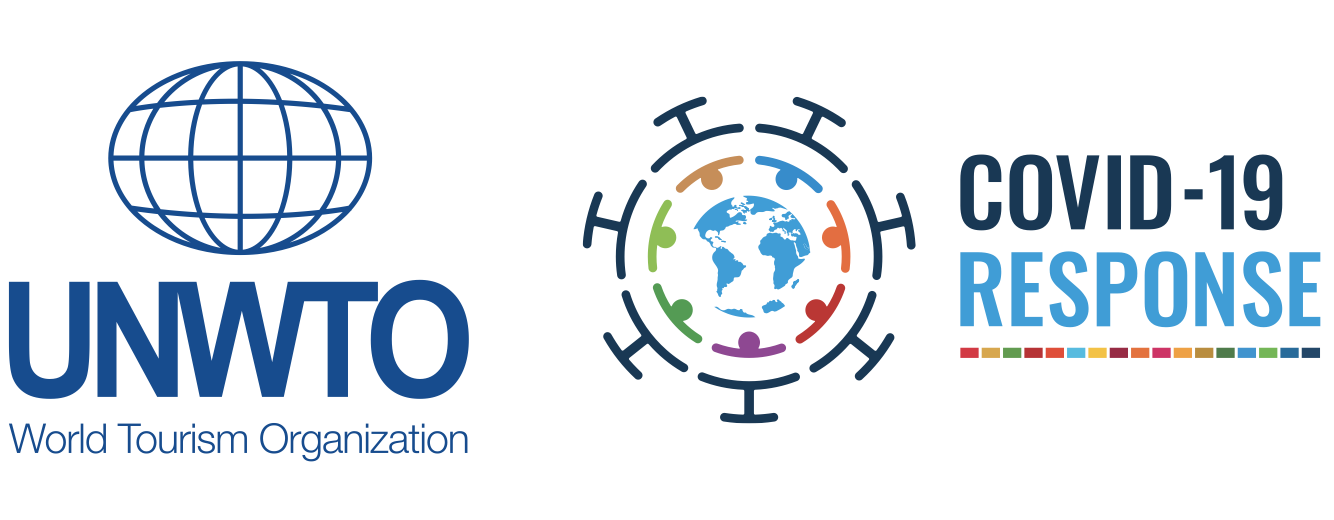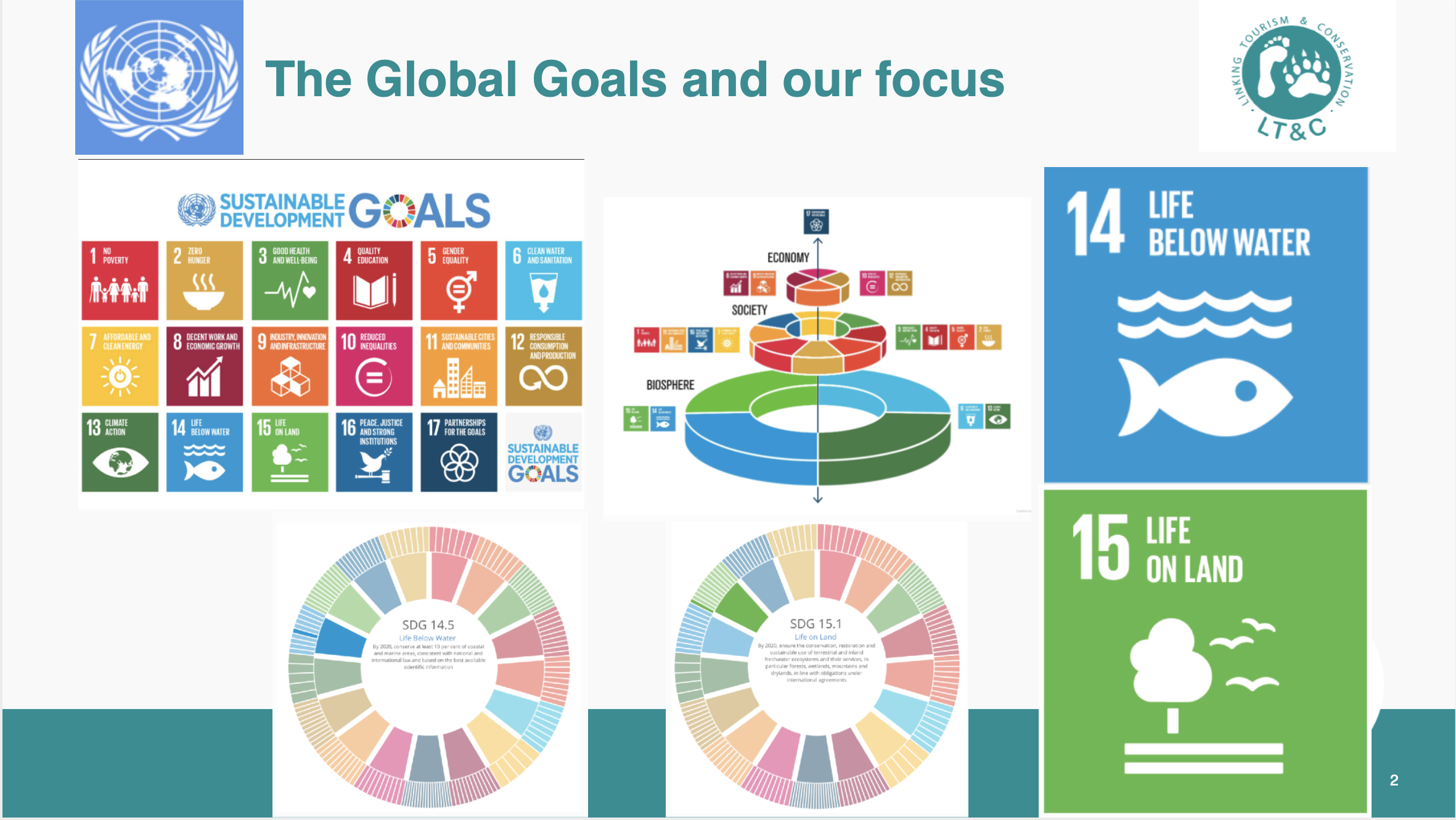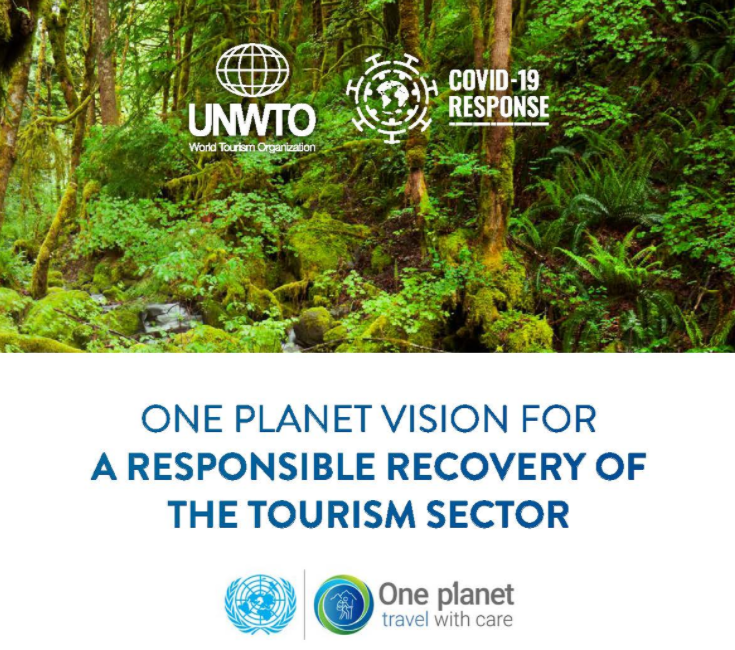by Lena Moritz
Due to the COVID-19 crisis, we are facing in 2020, much has changed since last year. Significant changes happened, and consequences can be foreseen in particular for the tourism sector. Our readers may be interested in the related briefings of the United Nations or in a new report of the UN World Tourism Organisation (UNWTO) on how tourism can recover but should also play a much stronger role in supporting the Sustainable Development Goals (SDGs). From LT&Cs perspective, the linkages between tourism and biodiversity should thereby have much more focus.
Consequences of COVID-19 for the SDGs

The COVID-19-crisis has set back much of the global efforts working for the SDGs, the future we want. Even though the progress on the SDGs so far often was not sufficient enough that the 17 goals and 169 targets can be met by 2030, the general trend was positive until the beginning of 2020. Whether millions of people are pushed back into poverty (SDG 1), or the past achievements of the global partnership (SDG 17) are threatened, COVID-19 comes as an obstacle for the SDGs. However, tourism still has the potential to support all 17 SDGs.
Many protected areas, in particular in developing countries, suffer under the current decline of tourism. National parks and other protected areas lack months of income and cannot afford the employment of rangers anymore. As a consequence, poaching and illegal wildlife trade increase due to ‘unprotected’ protected areas. In addition, natural areas are indirectly threatened because people have to switch to the use of natural resources for income or food.
Opportunity to make tourism more sustainable in the future
The UN’s policy brief ‘COVID-19 and Transforming Tourism‘ highlights the importance of sustainable tourism to move the efforts of the SDGs forward. If well-managed, tourism can be a great tool to protect people and the environment. This process is crucial for many people whose income depends directly or indirectly on tourism. And while, on one side, the growth of tourism over the recent years caused increasing and climate harmful CO2 emissions, tourism on the other side can be an important tool for the conservation of biodiversity (e.g. highlighted in the Green Economy Report).
By sustainably transforming tourism, we can even increase the positive impact of tourism on nature conservation. Under the hashtag #ResponsibleRecovery for the Planet the One Planet Responsible Tourism Programme lists several ways to improve nature conservation through sustainable tourism:
- “Capture the value of conservation through tourism: […] Supporting monitoring mechanisms that would regularly capture such contribution and the value of ecosystem services through tourism at destination level would enable the tourism sector to capitalize on its conservation efforts.
- Support conservation efforts through tourism: […] The role of tourism to sustain conservation and fight illegal wildlife trade should […] be acknowledged in recovery plans and support made available for conservation efforts by tourism stakeholders to continue. […]
- Invest in nature-based solutions for sustainable tourism: Nature-based solutions have potential to drive innovation in tourism towards sustainability and, besides mitigating the environmental impacts of tourism activity, […]”
Linking Tourism & Conservation (LT&C,) as a support organisation for the UN Biodiversity Convention (CBD) and their goal to reach a globally complete, representative and well managed protected area network (Aichi target 11; also expressed in SDGs 14 and 15) will follow the transformation of tourism with great interests. LT&C-Examples and activities of our members and partners to mainstream and multiply them, will play an even more critical role for the future we want.




